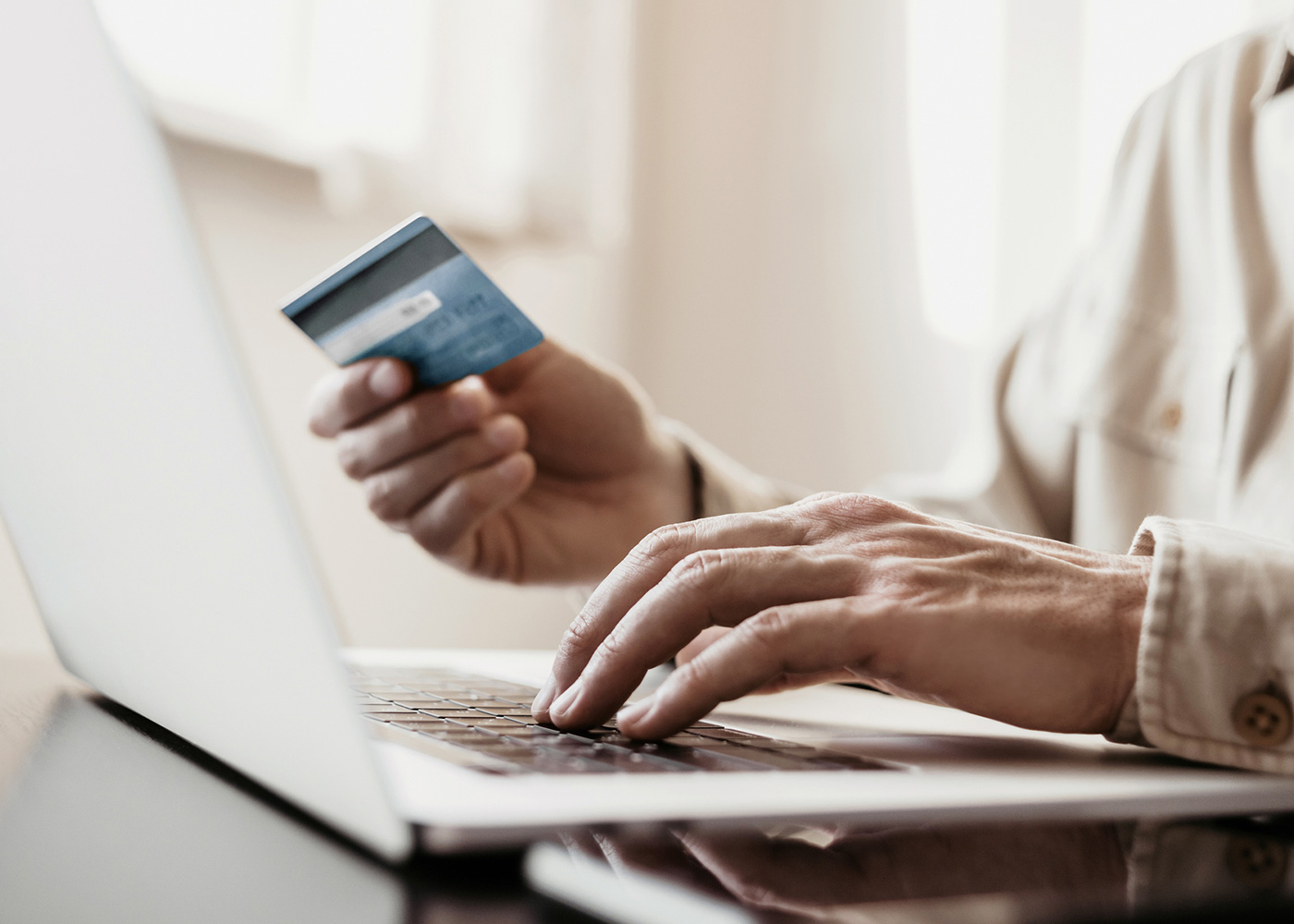
Protecting Yourself from Credit Card Fraud
Credit cards have changed how we handle money, but they also have some dangers, like credit card fraud. As technology gets better, cybercriminals find new ways to steal our financial info. In 2021, the FTC got almost 390,000 reports of credit card fraud, and it's estimated that the US will lose $165.1 billion because of it in the next ten years.1
It's really important to keep your money safe from credit card fraud, for your financial well-being and peace of mind. In this guide, we'll talk about the different kinds of credit card fraud and give you practical tips to protect your money.
What is Credit Card Fraud?
Credit card fraud covers a bunch of bad stuff where people try to get your credit card info without permission. This can include doing things like using your card without your okay, stealing your identity, taking over your account, or even tricking you when you're not there in person.
The bad guys on the internet use tricks like sending fake emails, secretly getting your card info, hacking into big databases, and using harmful software to get to your important details.
Credit Card Fraud vs. Identity Theft
Credit card fraud and identity theft are similar but focus on different parts of your money. Credit card fraud is when someone uses your credit card without your permission to buy things or take out money. Identity theft is bigger - it's when a criminal pretends to be you to open new accounts, get loans, or do bad stuff using your name. Both are really bad and can mess up your money and credit.
How to Protect Yourself From Credit Card Fraud
Here are some important tips for protecting yourself from credit card fraud:
Regularly Monitor Your Accounts
Routinely review your credit card statements and online banking activities, and immediately report any suspicious or unauthorized transactions to your card issuer.
Enable Account Alerts
Most financial institutions offer email, text, or push notifications. Set up alerts for large transactions, account logins, and balance changes to stay informed about your financial activity.
Secure Your Mail
Thieves can steal your credit card statements from your mailbox. Consider signing up for electronic statements or using a locked mailbox. And always be sure to shred your old statements rather than putting them in the trash.
Secure Personal Information
Never share sensitive information, such as your social security number, PINs, or passwords, through email, phone calls, or text messages. Legitimate organizations will never ask for such information through these channels. Be sure to also keep your physical card safe. Don't leave it lying around and don't share the number with anyone you don't trust.
Use Strong Passwords
Create complex passwords for your online accounts, including a mix of uppercase and lowercase letters, numbers, and symbols. Avoid using easily guessable information, such as birthdays or names.
Embrace Two-Factor Authentication (2FA)
Enable two-factor authentication (2FA) for your online accounts. This adds an extra layer of security by requiring a secondary form of verification, such as a text message or separate login, in addition to your password.
Be Wary of Phishing Attempts
Cybercriminals often use phishing emails to trick you into revealing sensitive information or installing malware. Avoid clicking on links or downloading attachments from unfamiliar sources. Double-check the sender’s email address for authenticity.
Protect Your Devices
Keep your devices updated with the latest security updates and use reputable antivirus and anti-malware software. Be cautious when connecting to public Wi-Fi networks, as they can be vulnerable to hacking.
Check for Secure Websites
Before entering credit card information online, ensure the website’s URL begins with “https://” and displays a padlock symbol, indicating a secure and encrypted connection.
Use Virtual Credit Cards
Some credit card issuers or web browsers offer virtual credit cards with temporary numbers for online transactions, which adds an extra layer of protection by hiding your actual card number.
Regularly Check Your Credit Reports
Obtain and review your credit reports from major credit bureaus at least annually to spot any suspicious or unauthorized activity that may indicate identity theft.
By understanding the tactics employed by cybercriminals and following these tips, you can significantly reduce the risk of falling victim to credit card fraud.
